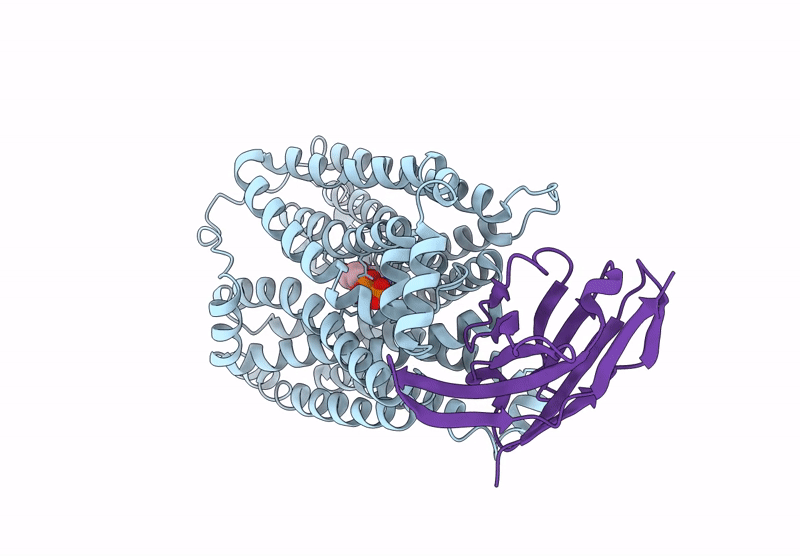
Deposition Date
2024-08-08
Release Date
2025-03-19
Last Version Date
2025-07-23
Entry Detail
Biological Source:
Source Organism:
Arabidopsis thaliana (Taxon ID: 3702)
Vicugna pacos (Taxon ID: 30538)
Vicugna pacos (Taxon ID: 30538)
Host Organism:
Method Details:
Experimental Method:
Resolution:
2.72 Å
Aggregation State:
PARTICLE
Reconstruction Method:
SINGLE PARTICLE


